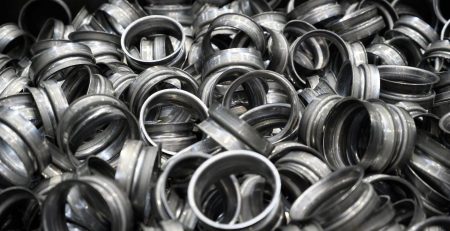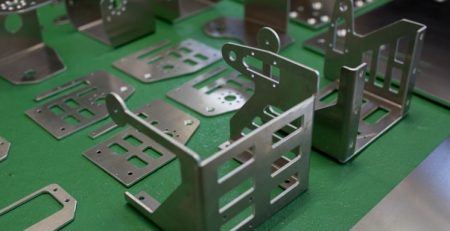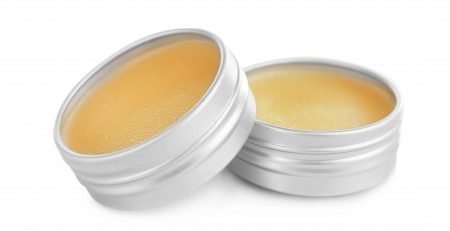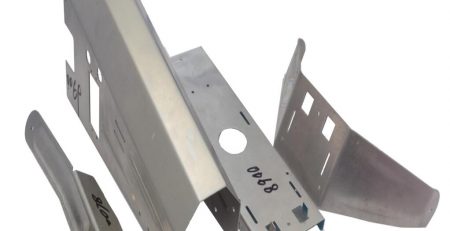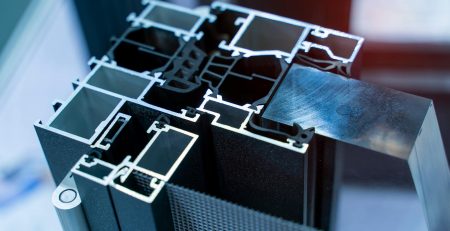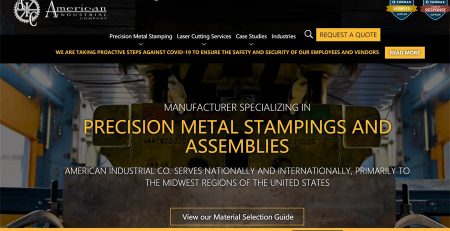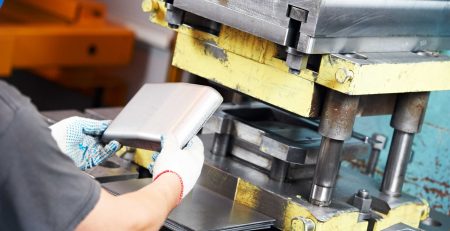Precision Metal Fabricators: Mastering the Art of Welding in Sheet Metal Fabrication
Introduction
Production of complex and accurate components made possible by precision metal fabrication has revolutionized the industrial sector. Precision metal fabricators, who are masters in dealing with sheet metal and using cutting-edge welding methods, are at the center of this ground-breaking procedure. The crucial part that precision metal fabricators play in sheet metal production is examined in this article, as well as how they affect welding.
A manufacturing process known as “precision metal fabrication” includes converting sheet metal into completed goods with extremely precise measurements and close tolerances. Cutting, bending, welding, and assembling are just a few of the many methods it involves. These approaches need highly skilled personnel and specialized tools for the intended results.
Precision metal fabrication has completely changed the industrial sector by enabling the production of intricate and precise components. The core of this ground-breaking approach is performed by precision metal fabricators, who are experts in working with sheet metal and utilizing cutting-edge welding techniques.
The industrial process of “precision metal fabrication” entails transforming sheet metal into finished products with exceedingly accurate dimensions and tight tolerances. There are several techniques involved, including cutting, bending, welding, and assembly. These methods call for very qualified staff and specialist equipment to provide the desired outcomes.
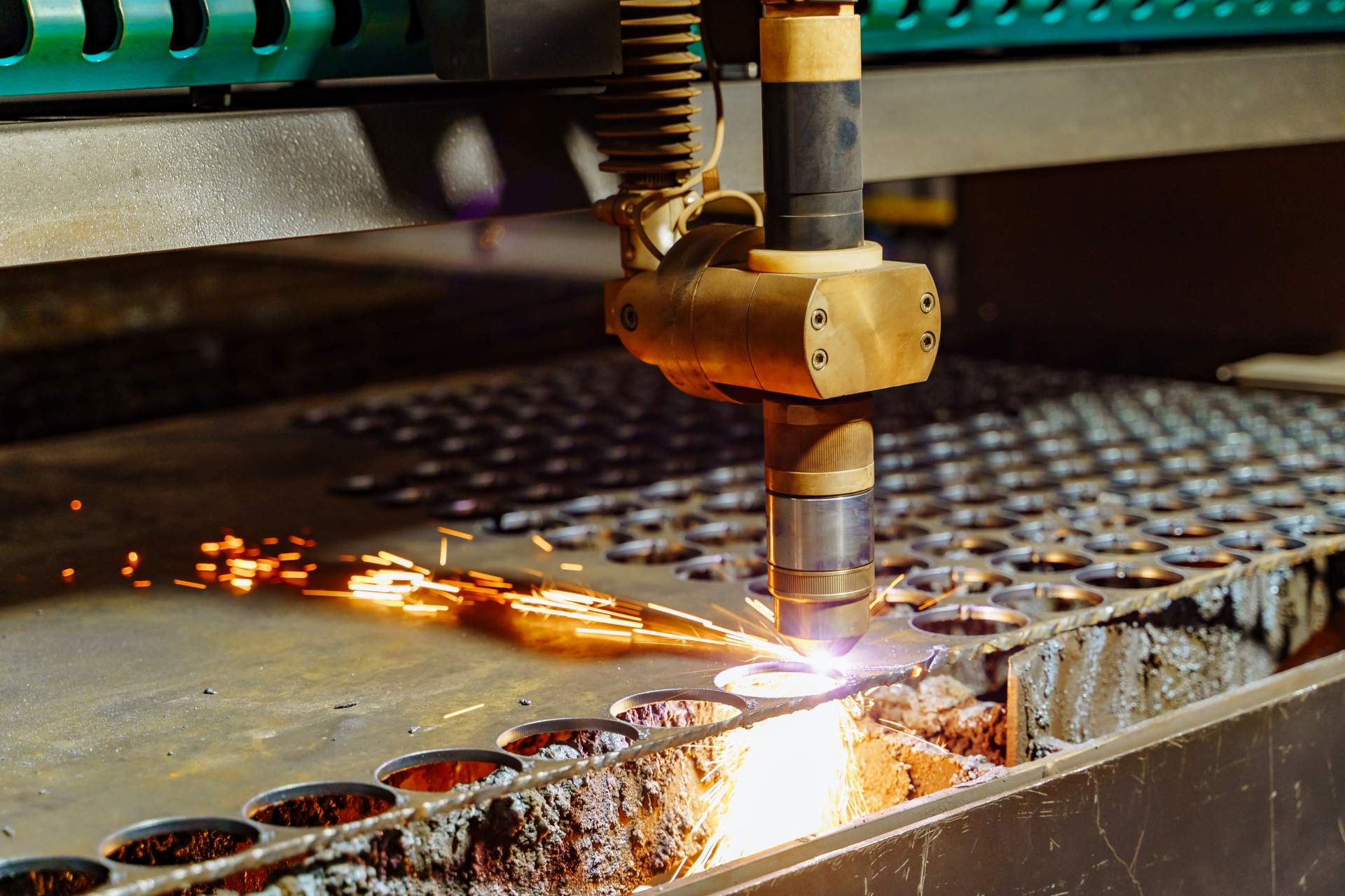
Acquiring knowledge of precision metal fabricators
Highly talented individuals known as precision metal fabricators turn unfinished metal into complex and useful components. They are well knowledgeable about various metals, their characteristics, and the techniques needed to mold and weld them together. These specialists use a variety of specialized instruments and methods to ensure precise results.
Welding Techniques Used in Sheet Metal Fabrication
Making accurate and long-lasting metal products requires mastering welding metal fabrication, which is a crucial skill in sheet metal manufacturing. By applying pressure and heat to two or more metal parts, welding creates a solid link between them. Thin metal sheets are joined together in sheet metal fabrication using welding processes, which allows for the creation of elaborate and complicated structures.
Precision metal fabricators often employ the TIG (Tungsten Inert Gas) welding metal fabrication process for creating sheet metal. It provides superior control over the welding process and generates accurate, high-quality welds. TIG welding produces the weld using an inert gas, an inert electrode made of non-consumable tungsten, and, if necessary, a filler material.
Another common method in sheet metal manufacturing is MIG (Metal Inert Gas) welding. It uses an inert gas shield and a disposable wire electrode to cover the weld from contamination by the atmosphere. High-volume manufacturing is a good fit for MIG welding because of its famed speed and effectiveness.
A specialized welding method called spot welding is used to link two or more metal sheets together at predetermined locations. To produce a weld spot, heat and pressure are applied through electrodes. The automobile sector frequently uses spot welding because it makes it possible to quickly assemble car parts.
Precision metal fabricators carefully clean the metal surfaces, choose the best welding method, and regulate the heat input and welding settings to provide the best results. Because they could be seen in the finished product, the welds must be technically robust and visually beautiful.
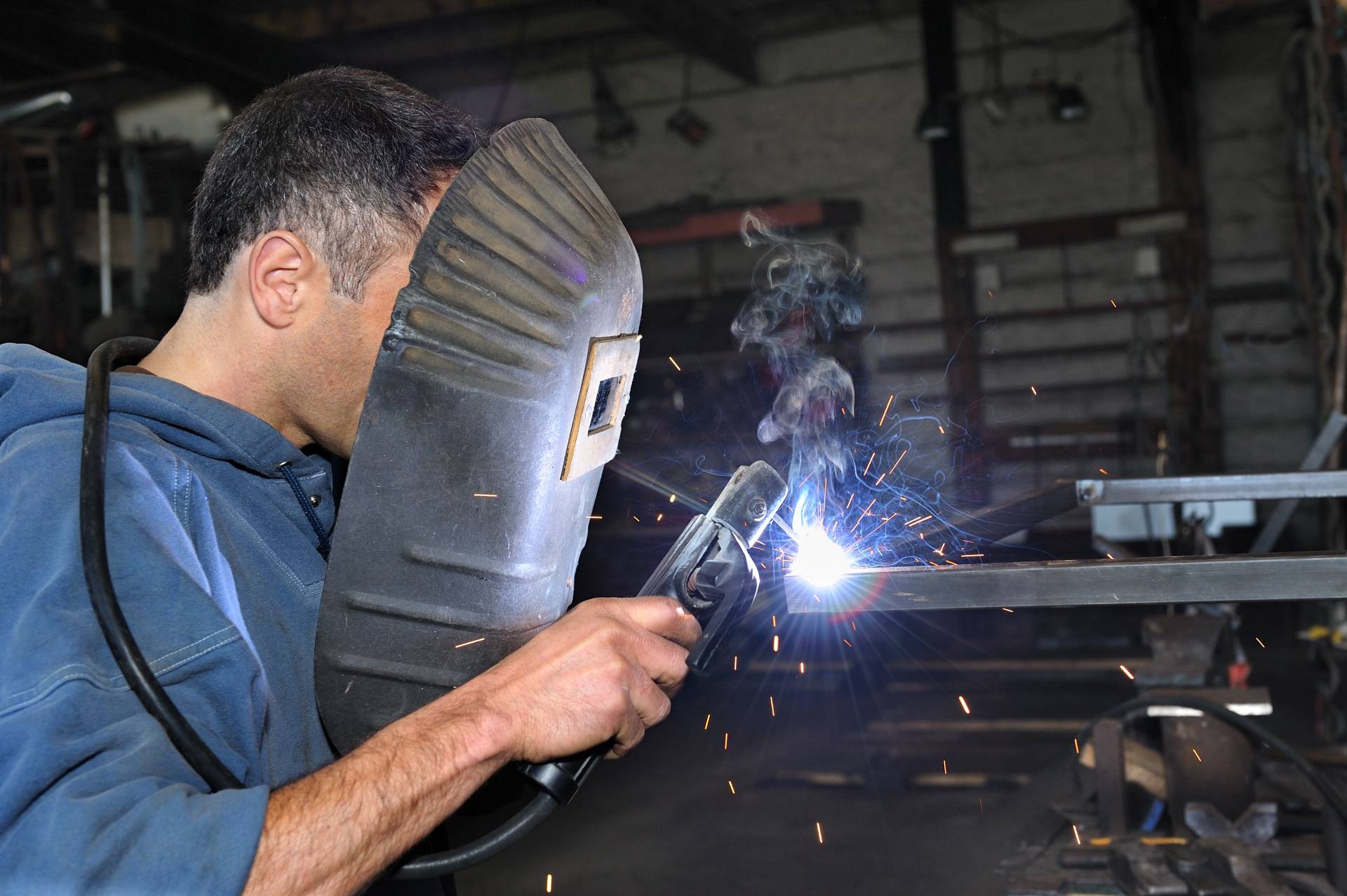
Improvements in Welding Technology
The area of metal production has seen a revolutionary change because of developments in welding technology, which have improved accuracy, effectiveness, and overall quality. These developments have increased the capability of precision sheet metal fabricators and created new opportunities.
A laser beam is used in the incredibly precise and efficient welding method known as laser welding to create welds with low heat input. With the use of this technology, welding operations may be accurately managed, leading to fewer distorted welds. Laser welding is highly useful for joining delicate, thin materials as well as complex shapes.
Robotic welding technologies have automated the welding process, increasing uniformity and production. These systems employ robotic arms fitted with welding equipment to carry out accurate and repeated welding operations. Their improved precision, speed, and reproducibility enable quicker production cycles and less human error.
Computer numerical control (CNC) welding systems use computer-controlled motions and programmable parameters to produce accurate and reliable welds. With the use of this technology, welding factors, including travel speed, electrode location, and current, can be controlled more precisely, producing repeatable welds of excellent quality. CNC welding is frequently employed in fields where accuracy and consistency are crucial.
A non-consumable tool, known as friction stir welding, is used in the solid-state welding process to unite metals without melting them. Strong, flawless welds with superior mechanical qualities are produced using this method. Due to its improved strength and fatigue resistance, friction stir welding is particularly advantageous for connecting aluminum and other lightweight metals.
Plasma arc welding produces strong heat with the help of a high-velocity plasma jet, enabling accurate and controlled welding. Numerous materials, including titanium, aluminum, and stainless steel, may be joined together using this process. Plasma arc welding is appropriate for a variety of applications since it has fast welding rates and deep penetration.
The significance of accuracy in metal fabrication
The quality, dependability, and functioning of the finished product are all critically dependent on precision, a basic metal manufacturing component. Precision is crucial throughout the fabrication process, whether it’s a small component or a large-scale structure.
Design is one important area where accuracy is crucial. Accurate measurements and exact computations are required to produce comprehensive drawings and specifications. Even a little variation or calculation error can result in incorrect designs, expensive rework, or even a failed product. The finished metal product will adhere to the desired requirements and perform as intended if the design is precise.
Every stage of the manufacturing process, from cutting and shaping the metal to putting various components together, depends on accuracy. The metal is molded to the proper dimensions, angles, and tolerances thanks to precise cutting and shaping procedures. Achieving the correct fit, strength, and structural integrity depends on using precise welding, bending, and assembling processes. Any variation from the exact dimensions might jeopardize the functioning and durability of the finished product.
Additionally, accuracy in metal production helps to increase overall effectiveness and efficiency. Accurate measurements and exact manufacturing methods save material waste, cut back on rework, and accelerate production. It makes certain that the metal parts that are being manufactured adhere to strict quality requirements integrate smoothly into the larger system, and deliver dependable performance in challenging settings.
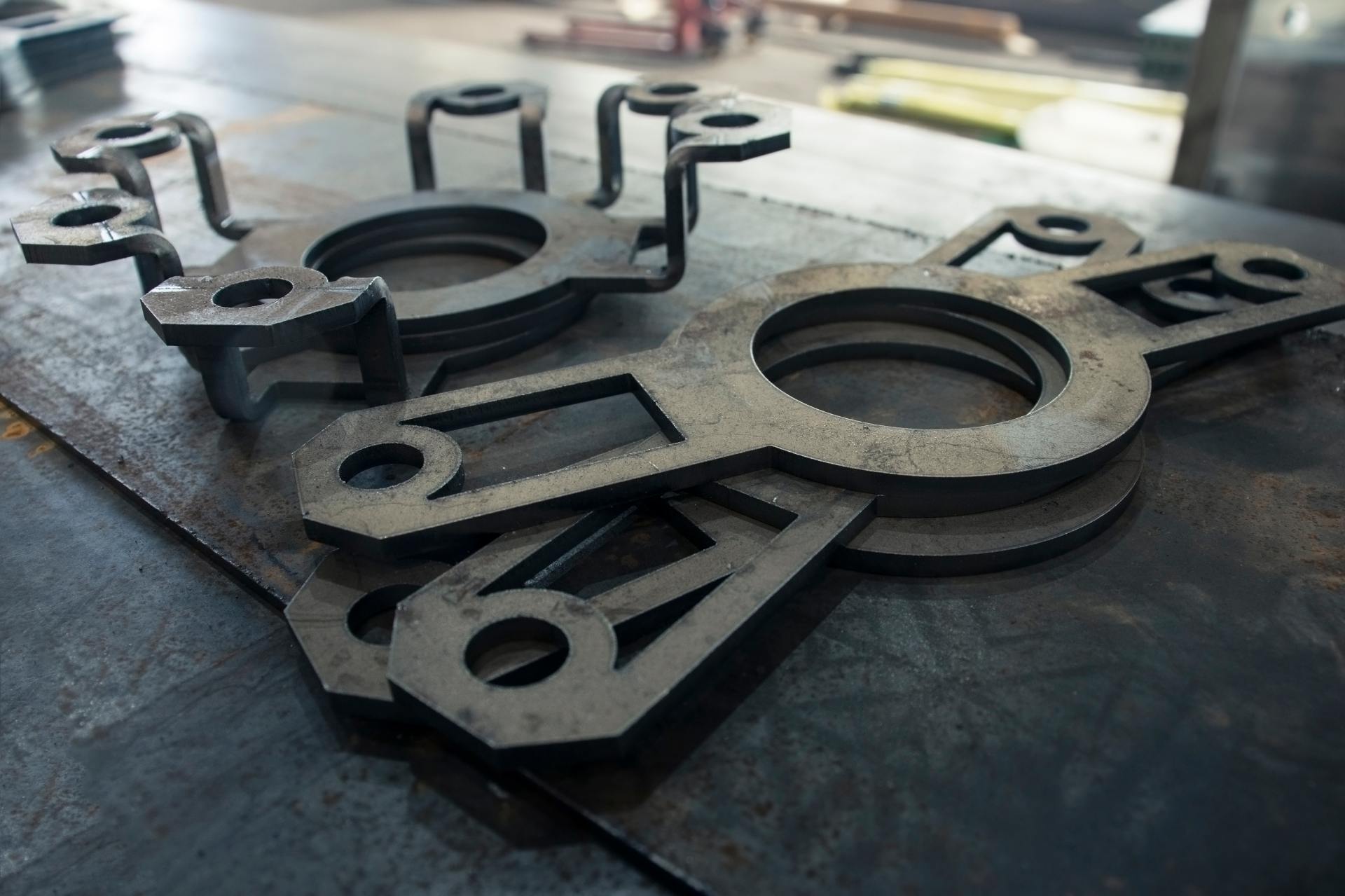
Conclusion
To sum up, precision metal fabricators have become significant participants in the industrial sector, revolutionizing the welding procedure in sheet metal fabrication. Due to their skill, attention to detail, and use of cutting-edge welding procedures, complicated and precise components have been produced with unmatched accuracy. Superior strength, increased longevity, and aesthetically pleasing products are the results of the breakthroughs achieved in welding techniques. Precision sheet metal fabricators will become more and more important in satisfying standards and promoting innovation in the industry as the market for high-quality sheet metal goods continues to expand.

